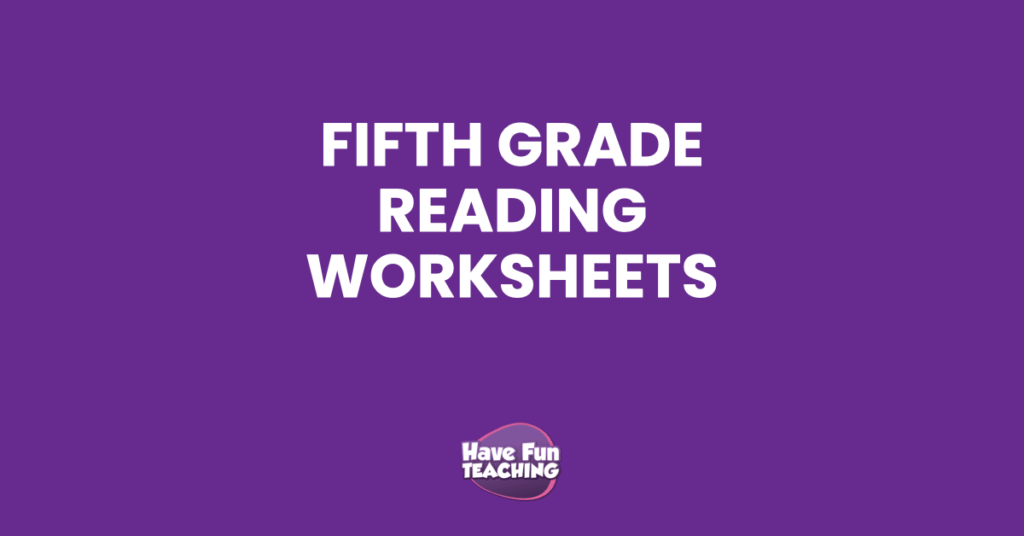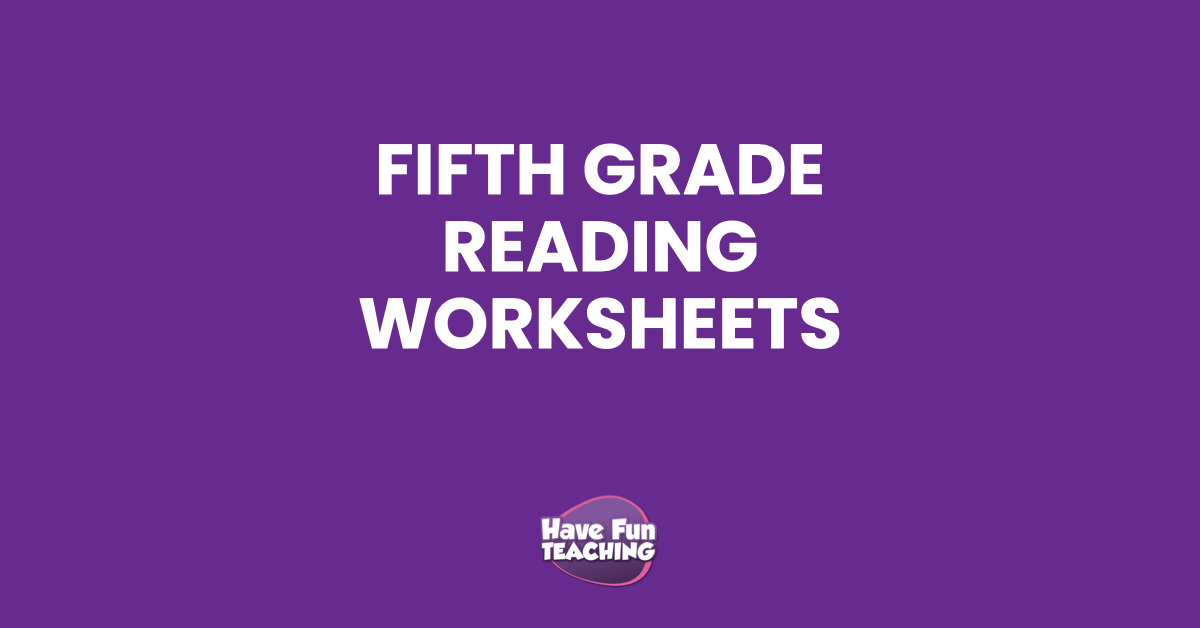
How Old Is a 5th Grader? Understanding Age Ranges and Grade Levels
Understanding the typical age of a student in 5th grade is a common question for parents, educators, and anyone curious about the structure of the American education system. Generally speaking, a child in 5th grade is usually between 10 and 11 years old. However, this isn’t a strict rule, and several factors can influence a student’s placement in a particular grade. This article will delve into the typical age for 5th graders, the factors that can affect grade placement, and related aspects of elementary education.
Typical Age Range for 5th Grade
The standard age range for 5th grade students is 10-11 years old. Children typically start kindergarten around the age of 5, and progress through each grade level annually. By the time they reach 5th grade, they have usually completed four years of elementary school. Therefore, most students will be ten years old at the beginning of the school year and turn eleven sometime during the year. Knowing how old is a 5th grader helps to understand developmental milestones at this age.
Factors Affecting Grade Placement
While the 10-11 age range is the norm, several factors can cause a student to be older or younger than their peers in 5th grade. These factors include:
- School District Policies: Different school districts may have varying cut-off dates for enrollment. For example, one district might require children to be 5 years old by September 1st to start kindergarten, while another might use a December 1st cut-off. This can affect when a child enters school and, consequently, their age in subsequent grades.
- Early or Late Birthdays: A child born in late summer or early fall might be among the youngest in their grade, while a child born in early spring might be among the oldest. The difference of a few months can sometimes influence a child’s readiness for school.
- Grade Retention: If a student struggles academically or socially, they may be held back a year, a process known as grade retention. This means they would repeat a grade, making them older than their classmates in the following years. Understanding how old is a 5th grader who has been retained provides a clearer perspective on their academic journey.
- Grade Skipping: In rare cases, a student who demonstrates exceptional academic abilities may be allowed to skip a grade. This would make them younger than their peers in the higher grade level.
- Transferring from Different School Systems: Students transferring from different states or countries may experience discrepancies in grade placement due to varying educational systems and age requirements.
Developmental Considerations for 5th Graders
Fifth grade is a crucial year for students as they transition from childhood to early adolescence. At this age, children experience significant cognitive, social, and emotional development. Knowing how old is a 5th grader helps educators and parents tailor their approach to meet these developmental needs.
Cognitive Development
Cognitively, 5th graders are developing more advanced reasoning and problem-solving skills. They can think more abstractly and understand complex concepts. This is a time when they begin to grasp the importance of critical thinking and are able to analyze information more effectively. Teachers often introduce more challenging academic material and encourage students to engage in higher-level thinking activities.
Social and Emotional Development
Socially and emotionally, 5th graders are becoming more aware of their peers and social dynamics. They are developing a stronger sense of identity and are beginning to form more complex relationships. Peer influence becomes more significant, and students often seek acceptance and validation from their friends. This is also a time when they may experience increased self-consciousness and anxiety about fitting in. Parents and educators play a crucial role in providing support and guidance during this stage.
Curriculum Expectations for 5th Grade
The curriculum for 5th grade is designed to build upon the foundational skills learned in earlier grades and prepare students for middle school. Key areas of focus include:
- Reading and Language Arts: Students continue to develop their reading comprehension skills, learn to analyze literature, and improve their writing abilities. They are expected to write more complex essays and reports.
- Mathematics: The math curriculum typically covers topics such as fractions, decimals, geometry, and basic algebra. Students learn to solve multi-step word problems and develop their mathematical reasoning skills.
- Science: Fifth-grade science often includes topics such as ecosystems, the human body, and physical science concepts. Students may participate in hands-on experiments and learn to apply the scientific method.
- Social Studies: Social studies curriculum may cover topics such as American history, geography, or world cultures. Students learn to analyze historical events and understand different perspectives.
How Age Relates to Academic Performance in 5th Grade
While age is not the sole determinant of academic success, it can play a role in a student’s performance in 5th grade. Older students may have a slight advantage due to their greater maturity and life experience. However, younger students can also excel if they are intellectually gifted and have strong support systems. Ultimately, factors such as motivation, effort, and access to resources are more significant predictors of academic achievement than age alone. Understanding how old is a 5th grader provides context, but individual differences are paramount.
Addressing Challenges and Supporting Students
Regardless of their age, some students may face challenges in 5th grade. These challenges can be academic, social, or emotional. It is essential for parents and educators to identify these challenges early and provide appropriate support. Strategies for supporting students include:
- Individualized Instruction: Tailoring instruction to meet the specific needs of each student can help them succeed. This may involve providing extra help, modifying assignments, or offering enrichment activities.
- Social-Emotional Learning: Implementing social-emotional learning programs can help students develop important skills such as self-awareness, self-regulation, and empathy. These skills can improve their relationships with peers and their overall well-being.
- Parent-Teacher Collaboration: Open communication between parents and teachers is crucial for supporting students. Regular meetings and progress reports can help ensure that students are on track and receiving the support they need.
- Creating a Positive Learning Environment: Fostering a positive and inclusive classroom environment can help students feel safe, valued, and motivated to learn. This involves promoting respect, encouraging collaboration, and celebrating diversity.
The Role of Parents in 5th Grade Education
Parents play a vital role in their child’s education, especially during the 5th grade year. Parental involvement can take many forms, including:
- Helping with Homework: Providing assistance with homework and ensuring that students have a quiet place to study can improve their academic performance.
- Reading with Children: Reading aloud with children or encouraging them to read independently can enhance their literacy skills and foster a love of reading.
- Attending School Events: Participating in school events such as parent-teacher conferences, school plays, and sports games can demonstrate support for the school community and show children that education is valued.
- Communicating with Teachers: Maintaining open communication with teachers can help parents stay informed about their child’s progress and address any concerns promptly.
Preparing for Middle School
Fifth grade is often seen as a transition year, as students prepare to move on to middle school. This transition can be both exciting and daunting for students. Parents and educators can help ease the transition by:
- Discussing Expectations: Talking to students about what to expect in middle school can help alleviate anxiety and prepare them for the changes ahead.
- Visiting the Middle School: Taking a tour of the middle school and meeting some of the teachers can help students feel more comfortable and familiar with their new environment.
- Developing Organizational Skills: Helping students develop strong organizational skills can prepare them for the increased demands of middle school. This includes teaching them how to manage their time, keep track of assignments, and stay organized.
- Encouraging Independence: Encouraging students to take more responsibility for their learning and behavior can help them develop the independence they will need to succeed in middle school.
Conclusion
In summary, while the typical age for a 5th grader is between 10 and 11 years old, various factors can influence a student’s grade placement. Understanding these factors and the developmental considerations for 5th graders can help parents and educators provide appropriate support and guidance. By focusing on individualized instruction, social-emotional learning, and parent-teacher collaboration, we can help all students succeed in 5th grade and prepare them for the challenges and opportunities of middle school. Knowing how old is a 5th grader is just the beginning; supporting their holistic development is the key. This crucial stage in their education sets the foundation for future academic success and personal growth. The journey through 5th grade is about more than just age; it’s about fostering a love of learning and preparing students for the world ahead. As students navigate this pivotal year, understanding how old is a 5th grader provides a valuable context for their educational journey.
[See also: Age Appropriate Books for Fifth Graders]
[See also: Fifth Grade Curriculum Overview]
[See also: Supporting Fifth Graders’ Social-Emotional Development]

